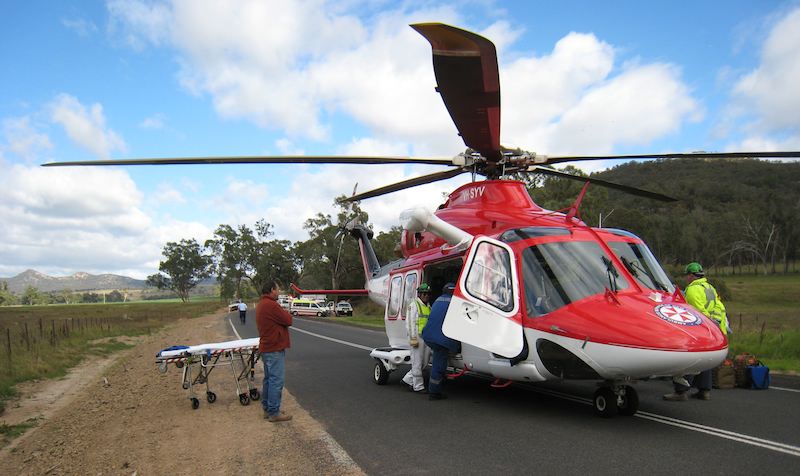
HEMS 20-60-20 RULE - What are we talking about?
What is the 20-60-20 rule in HEMS? It is a good question which Troy Shaffer, Director of EMS Flight Safety Network, explained in an article on Linkedin.
As he affirmed, Air medical is a profession which can be only learnt by doing, i.e. practically. Anyway there are important elements that can be learnt even without leaving the ground, the 20-60-20 Rule of HEMS for example.
He tried to explain it through the story of Jaime, a local paramedic that he helped to understand the 20-60-20 rule during a hard transfer of a two-month old from the parent hospital to a burn center in Allentown, PA. Whether was not cooperating and it should be very difficult to go from a point to another one.
Jaime was so upset for her hard “big flight”, but suddenly she perked up a bit and showed great interest in learning the details of the 20-60-20 rule. For ground EMTs and paramedics there is no such rule. The percentage of expectations for ground medics in trasporting patients is 100% with zero (or near zero) exceptions.
Three broad categories of all EMS flights:
- 20% of air medical flights are critical, necessary, and needed
- 20% of air medical flights are total B.S. and do not need flown at all
- 60% of air medical flights fall between the two parameters explained above*
*The middle 60% follows a standard bell curve distribution.
In few and more understandable words: “Give every flight request your best effort, make a decision, stick to the decision, and move on”.
Even if it is simple to understand, it is not so simple to put in practice. Even experienced pilots carry guilt about flights they turn down. The main reason why 20-60-20 Rule of HEMS is important is because it gives proper perspective to flight requests. Remember that this patient has the same chance of falling in the top 20% or bottom 20% tiers, keeps everything in its proper perspective.
Is there a science behind the 20-60-20 Rule in HEMS?
The answer, according to Shaffer is no. The rule is based purely on EMS pilots opinions.
In particular, Troy Shaffer said:
“The most common answer regarding air medical cases that legitimately needed flown, was actually closer to 16% vice 20%. But that made the math (and name of the rule) difficult to remember. The 16-60-24 rule doesn’t have the same ring to it… And since the data is purely EMS pilot opinions, rounding up to 20% was an easy decision.”
Of course, shaffer leaves the hard answer to other colleagues, asking if they agree with the 20-60-20 EMS Helicopter math or if they suppose it is way off base.



